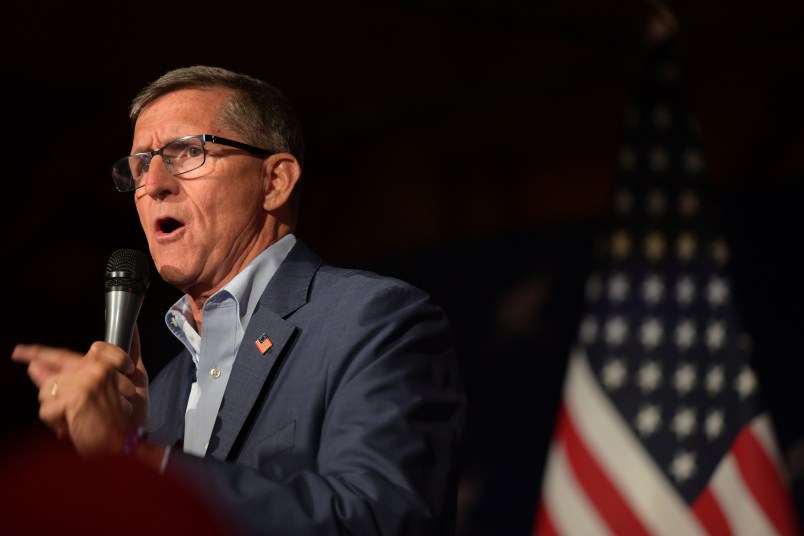The medium is the message. From the Wall Street Journal (subs. req.):
For a decade, the daily White House news briefing has been televised. Now it is becoming television.
Earlier this year, Fox News talk show host Tony Snow was hired as press secretary. Next up: a renovation of the briefing room, likely with a video wall that could display everything from “flags waving in the breeze [to] detailed charts and graphs,” according to a senior White House official working on the project. For TV viewers, the video feed could be the sole on-screen image, or could share the space with the speaker.
White House officials say they are weighing how — and how often — to use the video capability. But the new technology could help transform White House briefings — midday exchanges with reporters in a utilitarian setting — into more interesting viewing. Both the planned video capabilities and Mr. Snow’s hiring appear to be part of a subtle but sweeping effort by administration officials to deliver their message directly to the public, particularly through video….
The Bush administration has taken the practice of managing its official message to new levels — for example, by providing packaged video stories to local TV news shows, as well as paying conservative columnists for positive coverage — a practice the president since has criticized. On the campaign trail and in many public events, President Bush has used backdrops with vivid images or repeated slogans to reinforce the words of his speeches.
Some media observers say the moves to upgrade the White House briefing reflect a focus on minimizing or circumventing criticism of the Bush administration in the place where it has been most concentrated — the dingy and often unruly press briefing room….
The video capability the White House is considering for the press room is similar to that used at the Defense Department, recent political conventions and on TV news shows. Officials are struggling with costs and how to juggle the small space around the platform and podium at the front of the room. Work begins at the end of the week and likely will last until the spring. In the meantime, briefings and the White House press corps will move into temporary facilities across Pennsylvania Avenue.
Media experts say graphics and charts could reinforce the White House’s message at briefings. A video wall also could diminish the role of reporters as questioners. For example, remote briefers might sometimes appear on home TV screens to talk past the reporters in the room, and address the public directly. That already happens with some video feeds, such as when a colonel in Ramadi, Iraq, led off a recent Pentagon briefing by saying, “I’m always happy for the opportunity to tell Americans what a great job their sons and daughters are doing for all Americans over here.” Pentagon news briefings also frequently find their way onto cable TV.
“Putting a video wall in the White House allows any administration to shape almost any story much more directly,” said Ralph Begleiter, a former CNN foreign-affairs reporter who now is a professor of communications at the University of Delaware. It’s “an extension of the idea that the government wants to speak directly to the public with a voice that’s very carefully crafted, without room for the analysis or critiques or amalgamations of fact that reporters routinely bring.”








